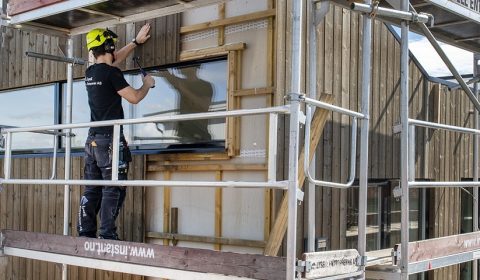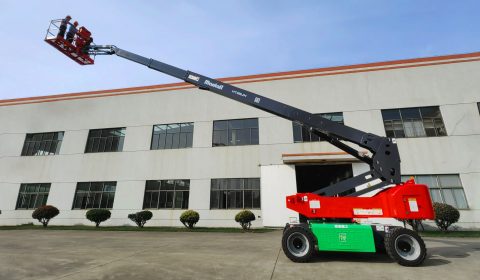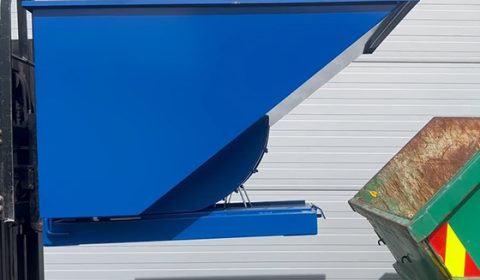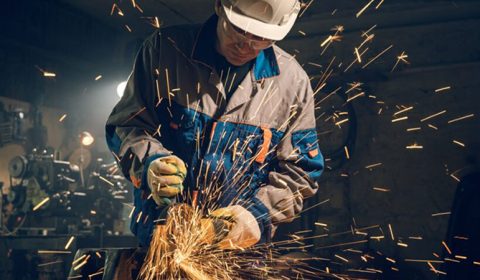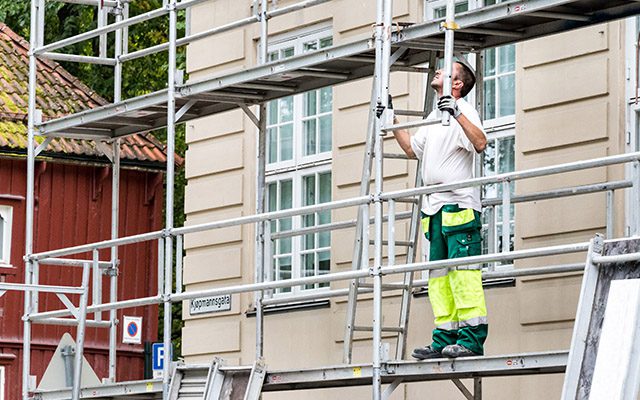
Scaffolding Regulations 2022
73 / 5 000 Tõlke tulemused There have been changes in regulations on the performance of work as of 01.01.22. What has been changed is §17-1 risk assessmentand§17-6 requirements for work at height. It is not the big changes this time and most of the chapter that deals with work at height is unchanged from before, but those of you who work at height, it makes sense to follow the changes in the regulations closely.
- 17-1 risk assessment of work at height now states:
When planning and carrying out work at height, the employer must assess the risk so that the work is carried out in a safe manner. The risk assessment shall pay particular attention to:
- a. the height from which the work is to be carried out, including the risk that persons or objects may fall down
- b. conditions of importance for the choice of fall protection measures, including the nature and duration of the work, surface, risk of landslides, etc.
- c. loads applied to work equipment or work platform
- d. ergonomic conditions
- e. access and opportunities for evacuation
- f. traffic conditions
- g. weather conditions and
- h. other hazards in the relevant workplace.
Arbeidstilsynet’s comment:
When work is to be carried out at height, a risk assessment must be carried out before the work starts. Those who are to carry out the work at height should be involved in this assessment. Workers who perform work at height should have the necessary training, practice and qualifications for safe execution of the work. Reference is made to the Workplace Regulations § 6-5 with comments.
Where scaffolding is to be used by several companies with different use needs, a joint written instruction should be prepared so that assembly, use, any changes and disassembly can be carried out safely. See the Internal Control Regulations § 6.
The provision in letter h) is intended to capture the cases that are not covered by the special provisions on safety devices, see, among other things, the Workplace Regulations, Chapter 6. The fact that work at height is generally considered to be risky work places stricter requirements on the risk assessment, but does not mean that the employer must always install safety devices.
- 17-6 requirements for work at height now say:
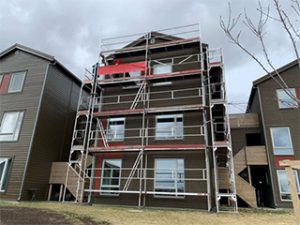
The employer must implement the necessary measures on the basis of the health and safety risks that emerge from the risk assessment. Particular care must be taken to:
- a. collective fall protection takes precedence over personal fall protection equipment
- b. the work equipment is dimensioned for the work to be performed and for predictable loads
- c. scaffolding is stable and that the substrate has sufficient load-bearing capacity to absorb the loads that are applied
- d. the work where possible is carried out according to ergonomic principles from a suitable surface
- e. access roads are adapted according to how often the employees move, how long they are in use, and the height of the accesses
- f. access roads can be used for evacuation in an emergency
- g. relocation between access roads and work platforms, scaffolding floors or footbridges does not entail an additional risk of falls
- h. safety devices are fitted against falls where necessary, and
- i. fall protection devices are fitted where necessary, and equipment is secured to prevent objects from falling and posing a danger to other persons.
Collective fall protection devices can only be broken through at access points with ladders or stairs. When, in connection with the performance of a specific work task, it is temporarily necessary to remove a collective fall protection device, safety measures shall be implemented to compensate for this before the work task is performed. When the work task has been finally or temporarily completed, the collective fall protection device must be set up again.
In places with special hazards such as traffic, live cables, landslide hazards and the like, special safety measures must be implemented before equipment for work at height is installed and put into use. Work at height must not be performed when the weather conditions involve a risk to the safety and health of employees.
Arbeidstilsynet’s comment: 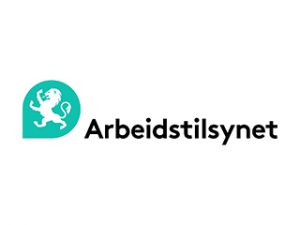
The choice of work equipment for access to perform temporary work at height should be based on a risk assessment where all relevant risk factors must be assessed.
The work is carried out in accordance with the provisions of Chapter 17 of the regulations here and the regulations on organization, management and participation §§ 2-1, 7-1 and 10-1. Where it is not possible to establish collective protection facilities, personal protective equipment must be used, so that the work can be carried out in a fully responsible manner, see the regulations here § 17-1.
The nature and duration of the work will determine the choice of work equipment for access and work platform. Collective protection measures, such as railings, shall be given priority over personal protective equipment, such as fall protection equipment.
Scaffolding and lifts should be given priority over the use of fall harnesses and ropes. If collective protection devices such as scaffolding, railings, nets or the like are not possible to establish, personal fall protection equipment can be used to prevent falls. Examples of such situations are the installation of prefabricated concrete elements and roofing sheets.
All forms of use of scaffolding material for supports, for example supports for casting decks, bridges and like shall be calculated separately for the loads to which the structure is exposed where such use is not stated in the installation instructions. Such constructions come under the construction requirements in the building regulations (TEK 10).
Installation of scaffolding must be carefully planned so that all work to be carried out from the scaffolding can be carried out in a way that meets the requirements for health, environment and safety for employees who are to use the scaffolding as a work platform. Load class is selected based on a survey of which work is to be performed, and the need for temporary storage of equipment and materials on the scaffolding.
Instant Norge AS is a supplier of scaffolding equipment and scaffolding training.
Feel free to contact us if you have questions related to work at height.
